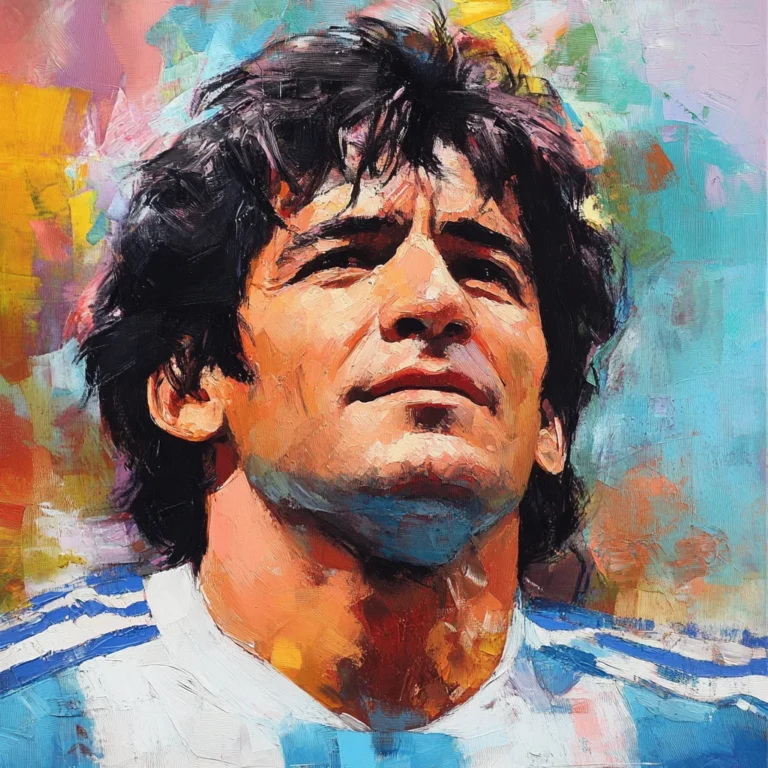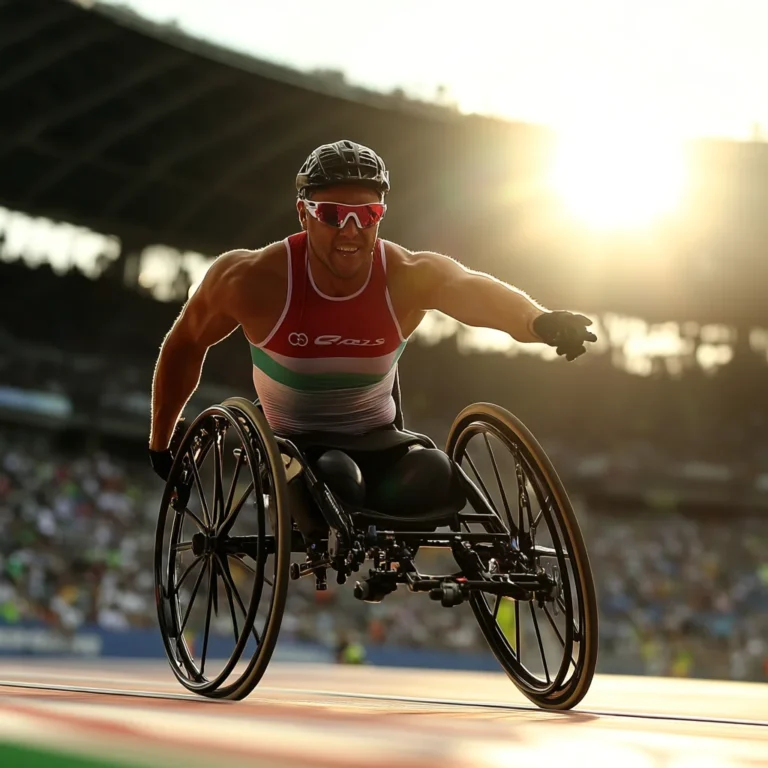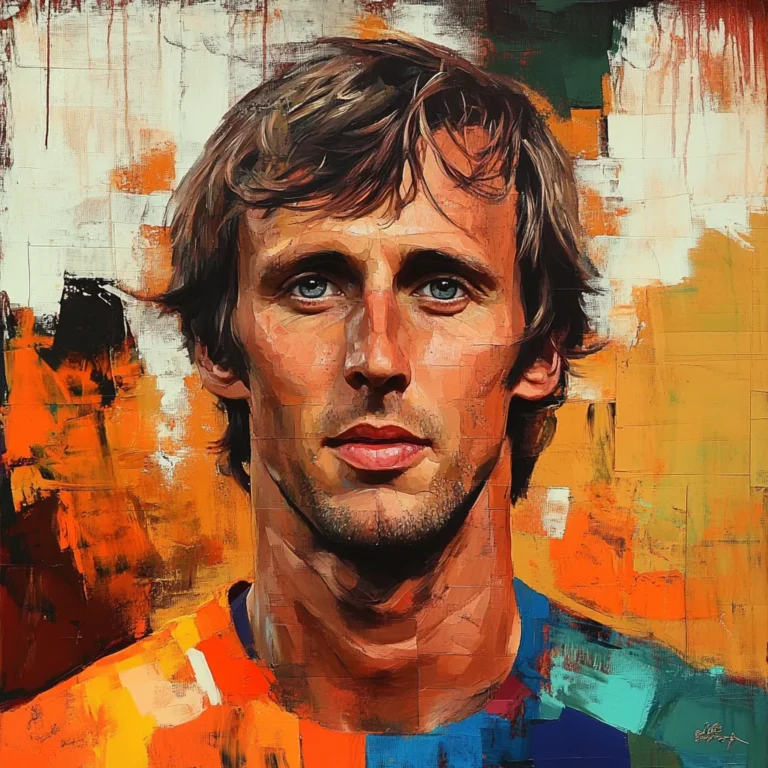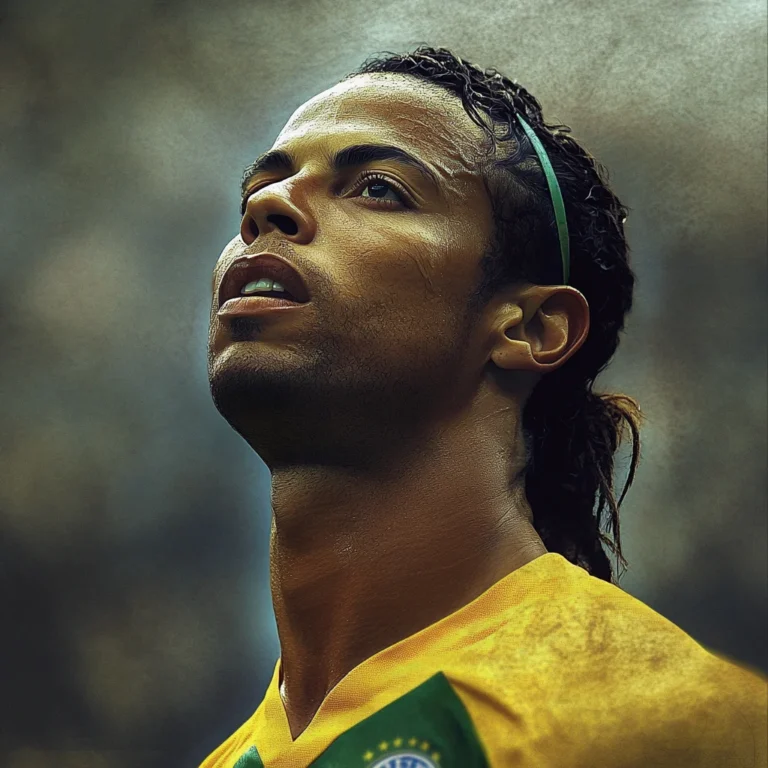Diego Maradona was born on October 30, 1960, in Villa Fiorito, a shantytown on the outskirts of Buenos Aires, Argentina.
Maradona made his professional debut for Argentinos Juniors at the age of 15, showing his incredible talent from a young age.
He was transferred to Boca Juniors in 1981, where he quickly became a fan favorite and led the team to a league title.
Maradona set a world record transfer fee when he moved to Barcelona in 1982 for £5 million, but his time there was marred by injuries and controversies.
He achieved legendary status at Napoli, where he led the club to its first-ever Serie A titles in 1987 and 1990, and is still revered as a hero in the city.
Maradona's 'Hand of God' goal in the 1986 World Cup quarterfinal against England is one of the most famous and controversial moments in football history.
In the same match, he scored the 'Goal of the Century,' dribbling past five England players to score one of the greatest goals ever seen.
Maradona captained Argentina to victory in the 1986 World Cup, cementing his legacy as one of the game's all-time greats.
He was known for his incredible dribbling ability, vision, and creativity, often drawing comparisons to Pelé as the greatest footballer of all time.
Maradona struggled with substance abuse throughout his career, which ultimately affected his performance and health.
Despite his personal struggles, Maradona's impact on football is undeniable, with many players citing him as an inspiration.
After retiring, Maradona had a stint as a coach, including managing the Argentina national team during the 2010 World Cup.
He was famously passionate and outspoken, often making headlines for his controversial statements and actions.
Maradona was outspoken about his political views, particularly his admiration for leftist leaders like Fidel Castro and Hugo Chávez. He even had tattoos of Castro and Che Guevara.
Later in life, Maradona faced several health challenges, including a near-fatal heart attack in 2004 caused by cocaine overdose and weight issues that led to gastric bypass surgery in 2005.



